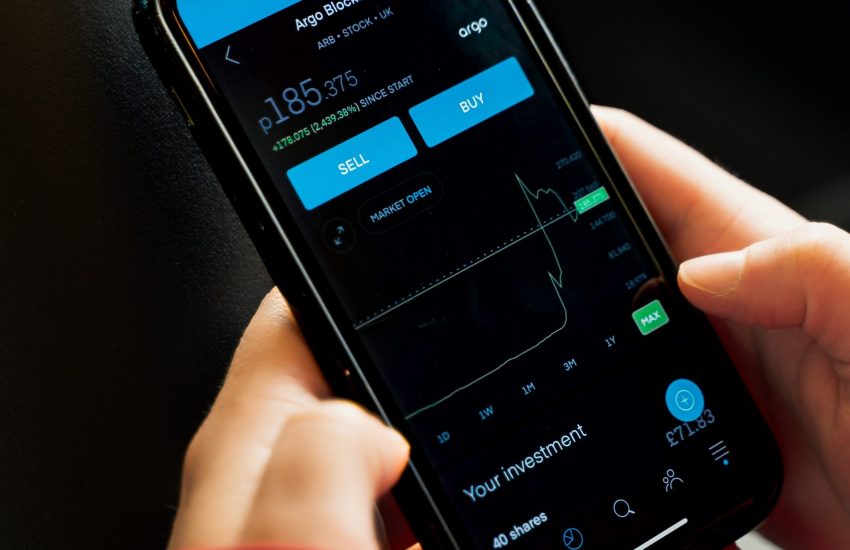The Forex Cheat Sheet
Making money on an exchange market, more so, the forex market, is no walk in the park. Thanks to different chart patterns, a trader can predict price movements. This makes it easier for you to make the correct moves. That is why many foreign exchange traders will tell you that making money is not an impossible task.
Granted, there are many patterns available to you even at this moment. However, this availability also doubles up as a disadvantage. This is because you might not know which pattern is the right one for you. To make it easy for you to decide, here are some reversal patterns and helpful continuations. Familiarize yourself with each to be able to make good trading decisions.
Forex Trading Patterns and Continuations
The Head & Shoulder pattern
This is amongst the most common when it comes to forex patterns. This pattern resembles the human anatomy (as its name suggests). This pattern occurs when a currency, or any other financial instrument, attains an uptrend high, gets resistance, and then reverts to the neckline (trendline).
It doesn’t stop there; it reaches another high then reverts to the trendline. The third high is reached, and this time, it falls beneath the trendline. The result resembles two shoulders and a head in between. Once you manage to familiarize yourself with this pattern, you will be able to see the trading opportunities it presents.
Note: This pattern also has an inverse version in a downtrend.
The Rising & Falling Wedges
Triangles or wedges are also amongst the most common forex patterns around. Wedges occur when there is a constricted movement of prices. This constriction happens in a progressively narrow range before breaking out.
Rising wedges are considered to be bearish patterns preceding downtrends. They occur when there is an upward trend of price consolidation. Once several high highs and higher lows have been attained, you can consider that consolidation complete. The price will also shoot beneath the trendline.
On the flip side, falling wedges are bullish and precede uptrends. When there is a downward price consolidation, financial instruments attain several lower lows and lower highs before breaking on top of the trendline.
Double Tops & Bottoms
When there’s an uptrend, a given currency could reach a similar high on separate occasions (mostly twice). Even so, it will not be able to break above it. This is the pattern termed as a double top. In the event that the second top hasn’t been cracked, chances are the price will trend downwards.
On the other hand, double bottoms are a sign that a price will trend upwards. This happens in downtrends. Once there has been a breach of the second bottom, chances are the price will shoot upwards.
The Bull & Bear Flags
These continuation patterns emerge when there is indecisiveness in the market. An example is a situation where there is an upward trending currency (flagpole). In this situation, prices may begin to tick down or fall a bit. Even so, a more significant part will be left comparatively flat during consolidation (flag). After this consolidation period ends, prices usually take on the previous trend and continue climbing even higher.
Contrariwise, bearish flags occur when there are downward trending prices (flagpole). During consolidation, prices remain reasonably flat or might even take on an upward trend a bit (flag). After price consolidation, the instruments will continue on downtrends.
The Engulfing Pattern
These occur when yesterday’s candle real body is engulfed entirely by a candle real body.
A bullish engulfing is when an up candle engulfs yesterday’s real body after a downtrend. A bearish engulfing happens when the down candle engulfs yesterday’s real body after an uptrend. Engulfing patterns are a representation of the reversed version of yesterday’s movement. They signify that either a bearish or bullish direction is about to break out. This, of course, depends on the emerging pattern.
Conclusion
The above mentioned are not the only ones available. There are other patterns and continuations like the butterfly pattern, cup & handle, and pennant, to mention a few. When properly mastered, these will help you make better trading decisions and make you lots of money as you trade in the forex market.



